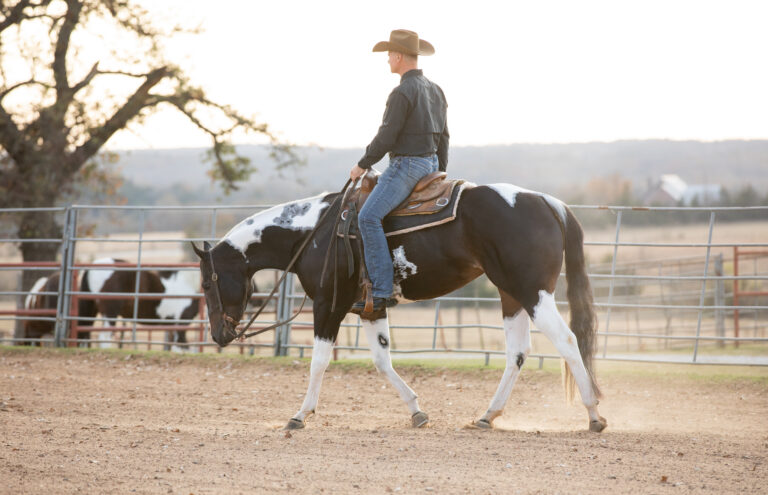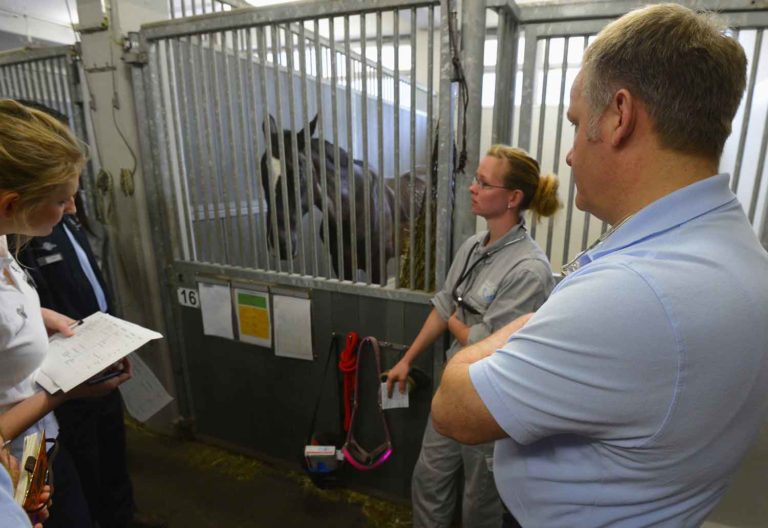
A joint commission created by the American Veterinary Medical Association (AVMA) and Association of American Veterinary Medical Colleges (AAVMC) has released a report identifying emerging trends that will affect the veterinary profession during the next generation, providing insights that may be used to adapt to the profession’s changing environment.
“The Future of Veterinary Medicine,” produced by the AVMA and AAVMC’s Veterinary Futures Commission, was published following four face-to-face working sessions and more than a year and a half of research and investigation by the commission’s members, composed of experts from academia, clinical practice and leadership positions within the profession.
“The future may be unknown, but that doesn’t mean we as a profession can’t prepare for change,” said Dr. John Howe, president of the AVMA. “As the report makes clear, organized veterinary medicine can take steps to identify currents and trends and use those insights to determine how we can most effectively lead the profession into the future.”
Anticipating the ever-increasing role of emerging technologies in society, the report outlines the importance of the profession preparing for new demands and expectations as the veterinarian’s role expands from traditional primary care and referral practice into technology-based specialties, especially where data-intensive skills are required. In order to meet these challenges, the report states, the profession must become more diverse to benefit from novel approaches to research, education, product development and clinical practice.
“Because we prepare new generations of veterinarians, academic veterinary medicine has a special responsibility when it comes to planning,” said AAVMC President Dr. Michael Lairmore. “Accelerating change has become the new status quo in our profession, and we need to leverage that in a way that builds and sustains success. The Futures Commission has made a remarkable contribution in helping us do that, and we are grateful for their work.”
A central element of meeting the demands of the future will be a constant focus on the connectivity involving animals, humans and the environment. Examples of this interrelationship include the human-animal bond, food security, protection against zoonotic diseases, development of innovative products and animal health solutions, and an increasing need for applying global solutions and resources to meet universal challenges.
Veterinarians must recognize the inevitability of fast-paced change in the profession and embrace the need to adapt to the evolving landscape to ensure the profession thrives into the future. The leadership of the profession must keep pace with changes affecting veterinary medicine, while individual members of the profession can contribute by being engaged, keeping informed, participating in professional forums and maintaining a commitment to professional growth and lifelong learning.
The Veterinary Futures Commission served as a semi-autonomous visioning body to evaluate challenges and opportunities in the veterinary profession, identify priorities guided by societal needs and develop evidence-based recommendations to the AVMA and AAVMC regarding potential courses of action.
About the AAVMC
The member institutions of the Association of American Veterinary Medical Colleges (AAVMC) promote and protect the health and wellbeing of people, animals and the environment by advancing the profession of veterinary medicine and preparing new generations of veterinarians to meet the evolving needs of a changing world. Founded in 1966, the AAVMC represents more than 40,000 faculty, staff and students across the global academic veterinary medical community. Our member institutions include 53 Council on Education (COE) accredited veterinary medical colleges and schools in the United States, Canada, Mexico, the Caribbean, the United Kingdom, Europe, Asia, Australia, and New Zealand; 23 provisional and collaborating members; and departments of veterinary science and departments of comparative medicine in the U.S.

![[Aggregator] Downloaded image for imported item #18375](https://s3.amazonaws.com/wp-s3-equimanagement.com/wp-content/uploads/2025/09/30140031/EDCC-Unbranded-26-scaled-1-768x512.jpeg)


